waste
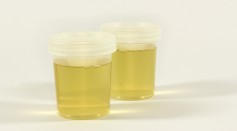
Urinary System: Where Does Pee Come From?

Hilary Flooding Has Experts Worried About Floodwater Toxicity as CDC Says It Can Cause Infectious Diseases, Injuries, and Chemical Hazards
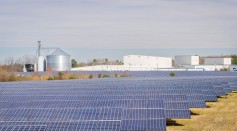
Solar Panel Recycling Challenges: Are We Ready for Huge Volumes of Photovoltaic Toxic Trash?
"Encamp Launches the Industry’s First End-to-End Waste Reporting Solution"
England to Ban Single-Use Plastic Later This Year To Eliminate Avoidable Waste
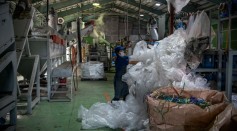
New Innovation Called ‘Upcycling’ Converts Plastics Into Useful Chemical Products
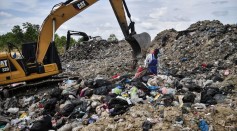
Plastic Pollution Costs the Nation Billions of Dollars; Will a New Recycling Technology Divert Some of the Waste from Landfills?
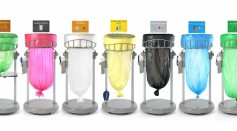
Longopac: World’s Strongest Waste Bag Now Made From 50 % Recycled Material

NASA Offers Challenge and Reward In Finding Solution For Waste, Trash Sustainable Reprocessing In Mars and Other Space Missions; How to Join

This Is the Reason Why People Should Not Consider Throwing Garbage on Volcanoes
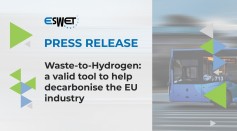
Waste-to-Hydrogen: A Valid Tool to Help Decarbonise the EU Industry
Waste Turned Into Fatty Acids; Study Reveals New Process That Produces Energy-Rich Molecules to Make Fuels, Other Essential Chemicals

Argentina Lagoon Turns Bright Pink: Experts, Activists Blame Chemical Used for Preserving Prawns for Export

This Scientist Found a Way to "Re-Form" Old Cellphones and Other E-Waste
Most Popular

How Technology Is Changing the Real Estate Industry?

Study Reveals High Turnover in Scientific Research Careers: What This Means for Future Scientists

How a Plant-Based Diet Can Protect Against Breast Cancer: Insights from Nutrition Research

Nikolay Karpenko Biography, Photo, Career, Accomplishments





